The Most Deadly Toxic Plant
Human beings are very dependent on nature that has shared characteristics of living things, especially plants, to meet all food needs and daily living needs. Plants are a lot to provide benefits to humans, but without you knowing, there are also plants that can harm. Because these plants contain substances that can cause poisoning to death against humans.
It's good you know, the grouping of plants that are harmful and contains deadly poison, so you avoid the things you do not want, and can be more vigilant against this plant. What are the deadly plants?
Here is the list of the most deadly poisonous plants:
- Plants Distance
This plant has been recorded in the world record as a deadly poisonous plant. Plants known as cator plants are dangerous to the seeds. Leaf and gum distance are usually widely used for traditional medicine, but who would have thought jatropha seed is a deadly killer. Eating two seeds is enough to finish your life history forever.
The jatropha seed contains toxins that can cause burning of the mouth, neck, stomach and can subsequently lead to death due to dehydration. The toxins contained in the jatropha seed processing is commonly known as ricin. Ricin is a side compound produced from the processing of jatropha seeds. These compounds can cause people to die because they cause impaired circulatory and respiratory systems.
When the ricin enters the body, a ricin molecule will kill one cell. If the compound is inhaled, injected or swallowed, less than a small point of ricin can kill a person within 36-48 hours. Medical experts say, ricin is a malignant killer as strong as the anthrax virus. And, the danger again, until now has not found the antidote.
- Toxic or Cassava Rubber
 Cassava or also known as sweet potato is a typical food village that much-loved community. But who would have thought that cassava contains a dangerous poison. However, the levels differ depending on the variety.
The bitter cassava that has the Latin name Manihot glaziovii (known as poison or cassava) is much higher than the sweet cassava consumed daily (Manihot utilissima). Toxins present in cassava are usually concentrated in the leaves and cassava tubers, the toxin is known as cyanogenic glycoside compound; linamarin and lotaustralin which the enzyme can produce cyanide acid.
Cyanide is known as a cold-blooded killer and difficult to detect, it is tasteless, odorless and colorless. The only indicator to know cyanide is in cassava is the bluish color that appears on the tubers when exposed to air. Cyanide poison will be much reduced when heated.
Usually the victim is poisoned due to wrong in processing cassava because cooking tuber or leaf is not perfect. So, for those of you who already know this do not ever eat the leaves or cassava tubers in a raw or semi-cooked condition because it is very dangerous.
- Amethyst (Datura Metel)
 Amethyst plants in Indonesia is Datura Metel type, and still a family with Flower Bell. Actually amethyst contains chemical compounds that have many properties to cure various diseases.
This content makes amethyst can be used as a traditional medicine for various diseases, such as asthma, rheumatism, back pain, pegel linu, ulcers or eczema, toothache, dandruff, to menstrual pain. The amethyst parts most often used as herbal remedies are leaves.
However, do not mistaken the plants amethyst safe. You need to know, amethyst also contains toxins in the form of alkaloid substances that have a hallucinogenic effect, especially on the seeds.
Effects caused when the amethyst consumed exceeds the dose, among others, nausea, vomiting, shortness of breath, anxiety, rapid pulsed pulse, facial skin and body turned red, dizziness, mouth stiffness, hallucinations until finally culminate in death. In some cases the use of amethyst seed poison is usually used for suicide.
- Upas tree
tree upasThe scientific name of this upas tree is Antiaris toxicaria, in indonesia this tree is still widely found, in Java is upas tree is known as Ancar tree. Upas tree or Ancar tree was once a frightening specter and so legendary in the VOC colonial period in the archipelago.
Because the VOC soldiers were once made to face the resistance of the people who use Upas tree poison as a weapon. Until specifically Lieutenant Governor Thomas Stamford Raffles (1781-1826) sent Thomas Horsfield (1773-1859), a naturalist from the United States, to study this upas tree poison.
The results of the study stated that the upas tree is deadly, but only the sap of the sap. The toxic effects of the upas tree were quite surprising when tested for a chicken and dog, the first to die less than two minutes and the other in about eight minutes.
In his report in 1812, Horsfield pointed out that local people are already aware of the toxic properties of upas trees for the purpose of killing their opponents. Once exposed to the sap of poison, the person will be convulsive and then die.
- Gympie-Gympie (Dendrocnide moroides)
Gympie-Gympie (Dendrocnide moroides) This Gympie-gimpie thrives in the Maluku-Indonesia Forest and Australia's eastern forests. If you enter the forest be careful with this one plant, if by chance meet him immediately away, located nearby is the same invite danger. His name is cursory at first glance but you do not be fooled, it turns out toxic poison.
People abroad usually call gympie-gympie with a plant sting, because if the skin is touched by the leaves of the gympie-gympie just a little, it feels like being stung by extraordinary heat and will not disappear for months, because of the toxic effects of moroidin contained in this plant's fur The largest gympie-gympie record is to ever kill animals and humans.
Even so strong poison, leaf gympie-gympie that has been dry for hundreds of years still contain toxin moroidin with strong. With tremendous toxic effects, the British army in the late 1960s, allegedly interested in the Gympie-Gympie and intend to make it a biological weapon.
- Deadly Nightshade
Deadly Nightshade ... At first glance this plant looks harmless and even looks edible with berries that are green or glossy black, plus their sweet taste. Unfortunately, this Deadly Nightshade plant is one of the most deadly plants in the world.
The toxins contained from this plant are Atropine and scopolamine produced naturally by cells of an organism. Surprisingly the toxins atropine and scopolamine present in these plants do not affect certain animals such as horses, rabbits, sheep, and some birds known to be unaffected by their poison.
While humans themselves are very sensitive to this poison, where 2 berries of this plant are known enough to kill a small child, and 10 to 20 pieces enough to kill an adult human.
This is more fatal to their leaves, which only takes 1 leaf to kill an adult male. And the thing is again strange, it turns out the family from this nightshade was so close to our kitchen. Like tomatoes, aubergine, potatoes and cayenne pepper
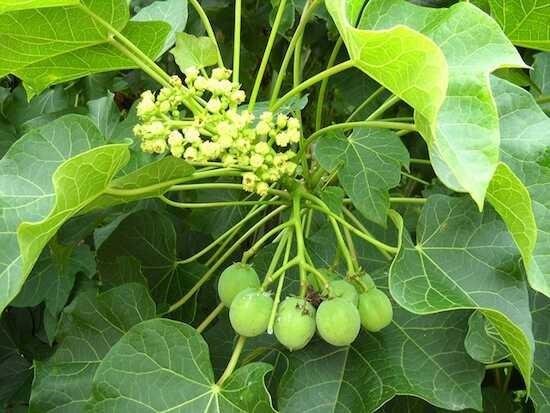
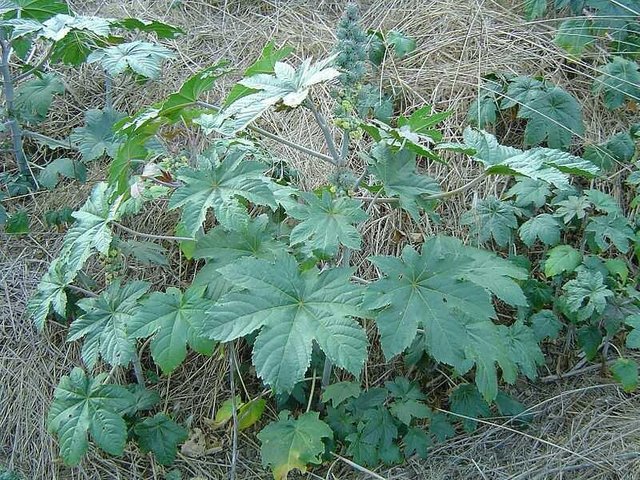
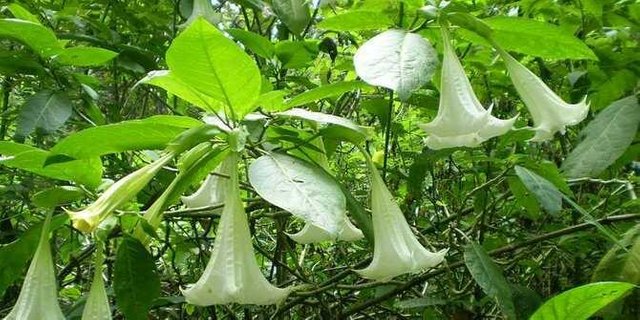
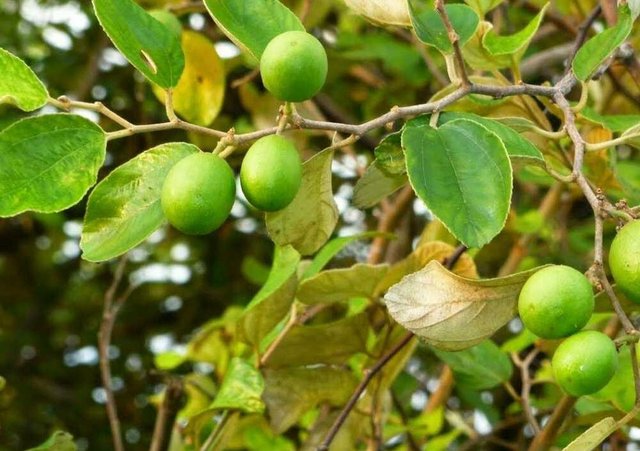
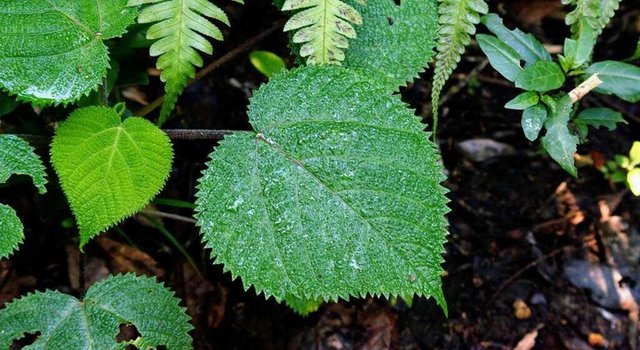
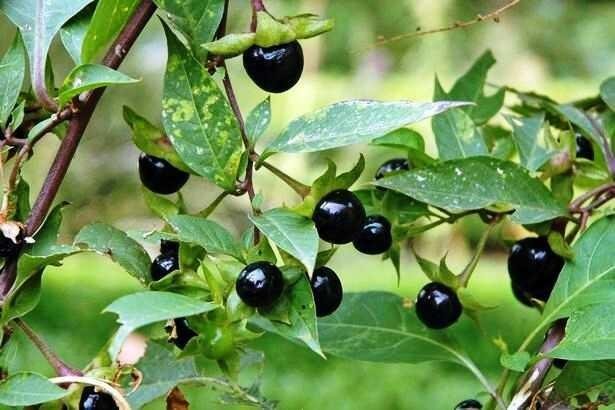
i just follow and upvote to your post ,, so kindly follow me back and upvote at given link ,, then i will upvote to your five more posts
https://steemit.com/actor/@explorator/h4998e8w
Yes
Congratulations @daodbna! You have completed some achievement on Steemit and have been rewarded with new badge(s) :
Click on any badge to view your own Board of Honor on SteemitBoard.
For more information about SteemitBoard, click here
If you no longer want to receive notifications, reply to this comment with the word
STOP